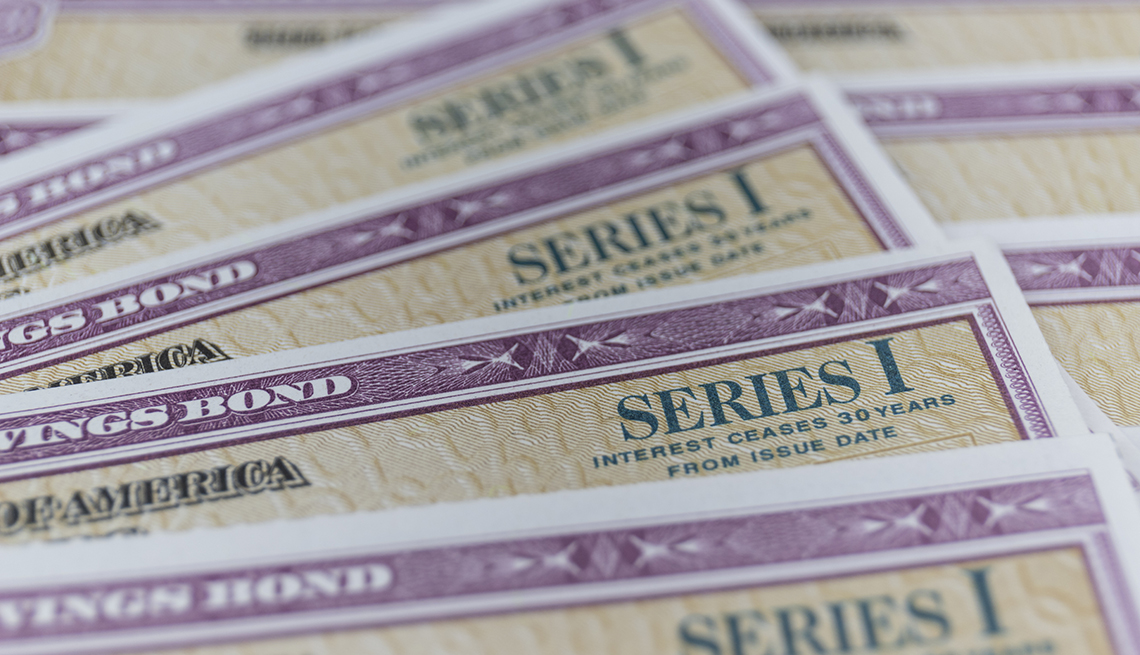The Series I Savings Bonds, sometimes known as "I Bonds," provides investors with tax-deferred interest adjusted for inflation, guarantees, and liquidity after the span of one year. They have the potential to be amongst the most profitable monetary investments you've ever made.
Key Takeaways
- Since they're guaranteed, provide tax-deferred interest, and adjust for inflation, I bonds make an excellent cash investment option. After a period of one year, they also become liquid.
- I bonds, both electronic and paper versions, are available for purchase with a maximum face value of $15,000 per individual and calendar year.
- I bonds earn interest over time. When you reach retirement age, you can convert that interest into cash to ensure access to risk-free and guaranteed assets.
- The interest rate incorporates both a fixed rate as well as an inflation rate into its calculation.
I Bonds are a potential supplement to your emergency funds
I bonds are an excellent secondary option for funding your emergency reserve. I bonds are considered second-rate investments due to the fact that one cannot sell them during the first year after acquisition. Due to this, you will have to rely on other sources of liquid funds in the interim while you stockpile I bonds.
Both an inflation rate and a fixed interest rate are combined to form the total amount of interest collected on I bonds. The interest is compounded two times within a year and is not subject to taxation at the moment. In contrast, the inflation rate is determined twice a year, whereas the fixed rate remains unchanged during the duration of the bond's term.
When does the interest rate on an I Bond change?
Month of issue
|
When new rates will take effect
|
| January |
January 1 and July 1 |
| February |
February 1 and August 1 |
| March |
March 1 and September 1 |
| April |
April 1 and October 1 |
| May |
May 1 and November 1 |
| June |
June 1 and December 1 |
| July |
July 1 and January 1 |
| August |
August 1 and February 1 |
| September |
September 1 and March 1 |
| October |
October 1 and April 1 |
| November |
November 1 and May 1 |
| December |
December 1 and June 1 |
I bonds are a good alternative for cash investment that is guaranteed to be safe due to this reason.
I bonds are a potential source of funding for future health care premiums
During retirement, the combined cost of health insurance premiums as well as out-of-pocket expenses might reach $300,000. I bonds could provide you with investments that are available to you that are risk-free, guaranteed, and adjusted for inflation to pay medical bills when you retire.
Purchasing I Bonds –– A how-to guide
Each year, you can use the money you receive from the government as a tax refund to acquire paper I bonds directly. You can buy the maximum amount of I bonds allowed each year by opening with TreasuryDirect.
TIPS vs. I Bonds –– What is the difference?
I bonds and TIPS bonds are not the same things. TIPS bonds are known as Treasury inflation-protected securities. This may best be held within a tax-deferred account. It is not possible to open an Individual Retirement Account (IRA) directly through TreasuryDirect. You will need to use a brokerage account to buy TIPS for your IRA.
How taxes are handled on I Bonds
You can postpone the payment of taxes on the interest earned on Series I bonds until the bonds are redeemed. It is possible to deduct the bond's proceeds from taxable income if used to pay for expenses related to higher education. If you do not satisfy these requirements, the interest which you receive on I bond will be subjected to various taxes.
Frequently Asked Questions (FAQs)
Determine how much the value of my bonds currently is –– how can I do this?
Using the TreasuryDirect site, you can figure out how much your savings bonds are worth. If you hold electronic bonds, all you need to do is log in to your account to view details regarding any bonds that you own. Using an online calculator, you may find out how much your paper bonds are currently worth. You can enter the relevant information about your bonds.
How long before a Series I Savings Bond reaches its full maturity?
The maturity period for an I bond is thirty years. As long as it is held until maturity, you can gain interest in it. After you have held onto the bond for a period of twelve months, you will be able to redeem it.
How does one attain the money from their savings bonds?
On the TreasuryDirect website, you will find the option to cash electronic bonds and have the proceeds deposited straight into your choice of a checking or savings account. If you have paper bonds, you can cash them in at your local bank or send them with FS Form 1522 to Treasury Retail Securities Services. Both of these options are available to you.


